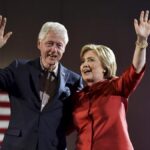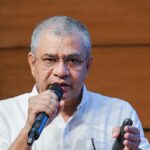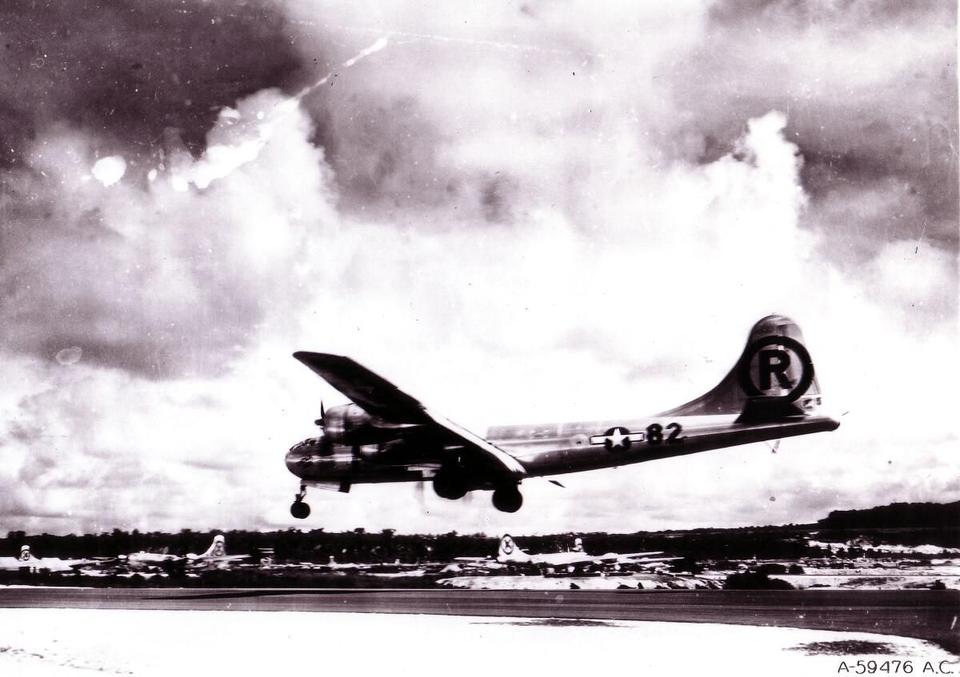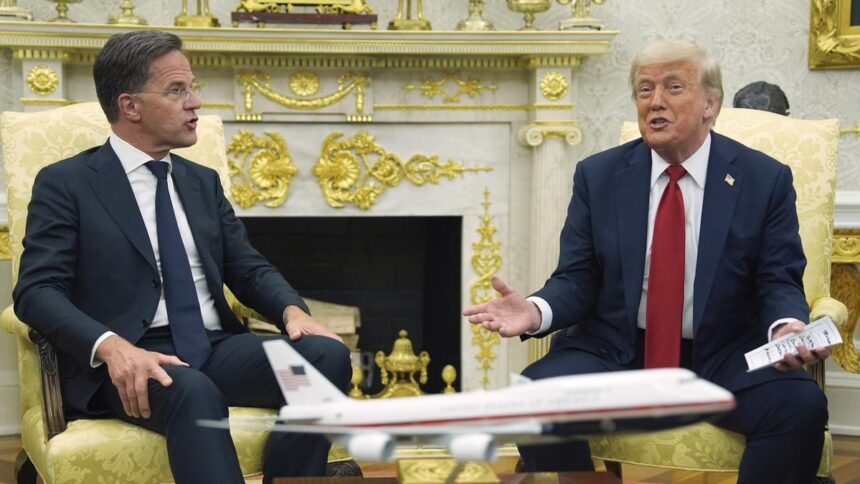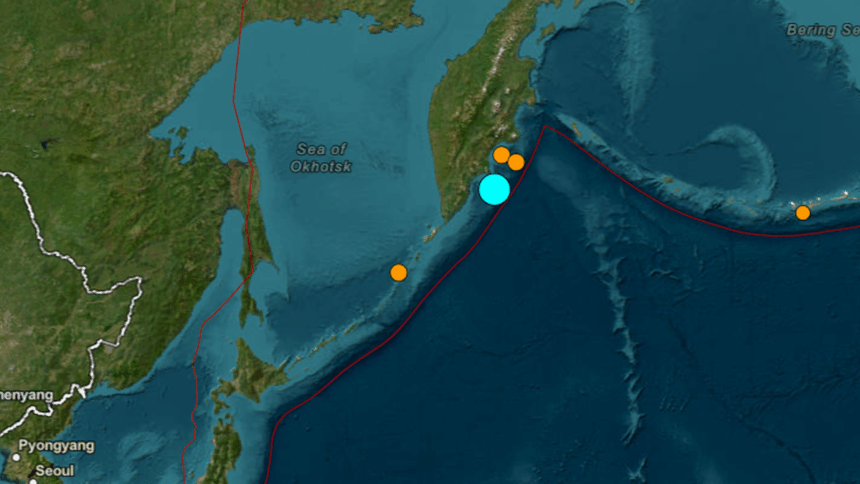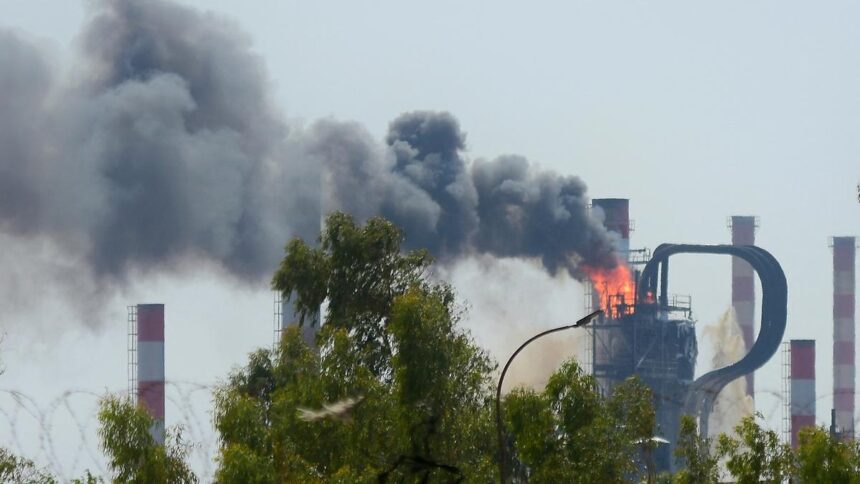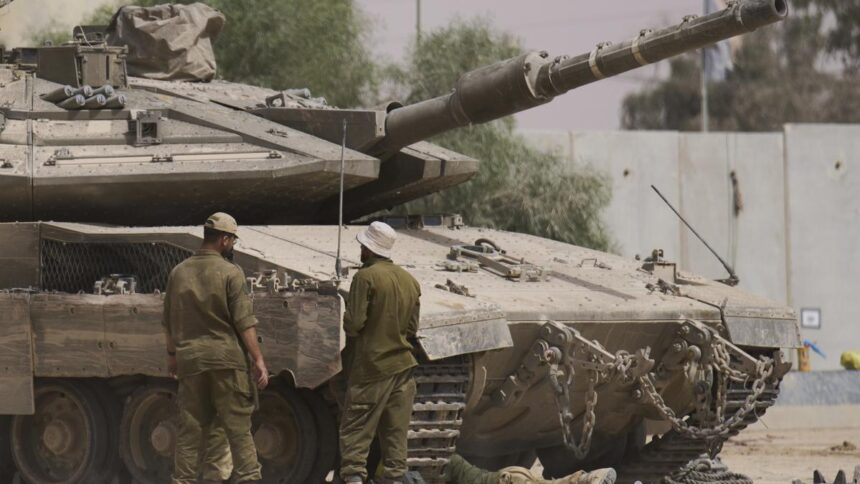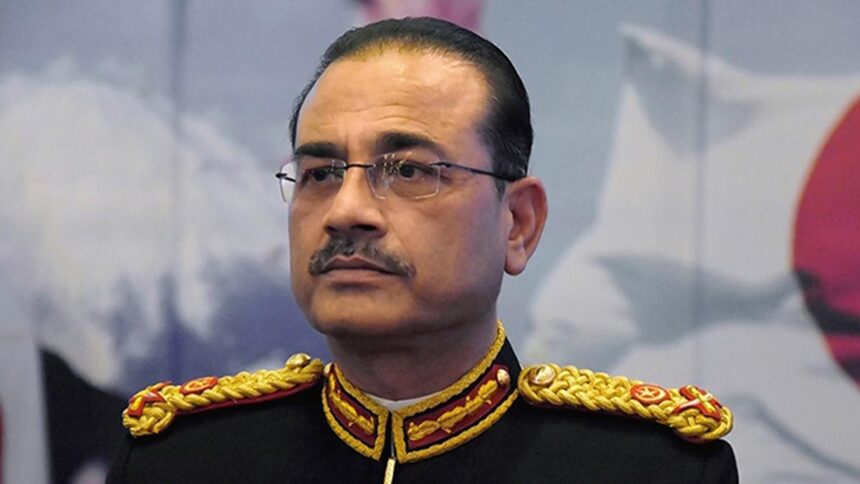Video credits: Museum of Modern Art, New York City, New York
NEAR-TOTAL RUIN
At 8:15 am on August 6, 1945, the U.S. B-29 bomber Enola Gay released “Little Boy”, a
uranium-powered atomic bomb, over Hiroshima. The explosion unleashed a firestorm.
An estimated 70,000 people were killed instantly, with total deaths by the end of 1945
reaching around 140,000. The majority were civilians, including a significant number of
children.
Three days later, a plutonium implosion bomb dubbed “Fat Man” was detonated over Nagasaki,
causing approximately 74,000 deaths by year’s end.
In Hiroshima, about 70% of all buildings were razed or burnt, with damages extending up to 2
km from the bomb”s hypocentre. Steel frame buildings suffered severe structural damage up to
1.7 km while multistorey brick buildings were completely demolished as far as 1.3 km.
Roof tiles were melted by the flash heat and virtually all wooden or timber-framed buildings
within 3 km were either destroyed or heavily damaged.
Strong reinforced concrete buildings were blown down 700 m away in Nagasaki.
Fires after the blast consumed almost all combustible materials, compounding the destruction
by burning wooden structures, tearing away windows and doors, and damaging ceilings and
equipment.
In Nagasaki, the bomb levelled 6.7 sq. km and destroyed buildings up to 2.5 km away. Some
earthquake-resistant structures such as reinforced concrete smoke stacks were overturned
within 1.2 km of ground zero.
The bombs also flattened nearly all masonry buildings and caused mass structural failures in
residential, religious, and industrial buildings.
All together, the blast’s concussive force, intense heat, and ensuing fires reshaped the
urban landscapes of Hiroshima and Nagasaki into scenes of near-total ruin.
The survivors, known as hibakusha, endured horrific injuries and long-term health
consequences including radiation sickness, increased cancer rates, chronic diseases, and
permanent psychological trauma.
Move the line to see images of Nagasaki before and after
IN THE BALANCE
The scale and nature of devastation were unprecedented in human warfare.
A Red Cross delegate sent this telegram on August 30, 1945, from Hiroshima to his
colleague in Tokyo. The first four lines read:
VISITED HIROSHIMA THIRTIETH CONDITIONS APPALLING STOP
EIGHT PERCENT ALL HOSPITALS DESTROYED OR SERIOUSLY DAMAGED INSPECTED TWO EMERGENCY
HOSPITALS CONDITIONS BEYOND DESCRIPTION FULL STOP
EFFECT OF BOMB MYSTERIOUSLY SERIOUS STOP
MANY VICTIMS APPARENTLY RECOVERING SUDDENLY SUFFER FATAL RELAPSE DUE TO DECOMPOSITION
OF WHITE BLOOD CELLS AND OTHER INTERNAL INJURIES NOW DYING IN GREAT NUMBERS STOP
The U.S. justified the bombings on several grounds. Foremost was Japan’s refusal to
accept unconditional surrender, as outlined in the Potsdam Declaration.
The bombings were also part of a broader geopolitical contest with the Soviet Union.
While it was a U.S. ally during World War II, rising tensions and distrust had fuelled a
desire in Washington to assert technological and military supremacy before Soviet
influence in Asia expanded.

Leaders of the Allied powers of the Second World War meet at the Potsdam Conference in July
1945 to discuss post-war Europe and the terms for Japan’s surrender
The atomic bombings marked a profound shift in American foreign policy. The U.S. shaped the
postwar order using its nuclear umbrella to guarantee the security of Western European
allies and Japan, thus cementing alliances and shaping political economies that aligned with
American strategic interests.

Winston Churchill, Harry Truman, and Joseph Stalin in July 1945
The psychological impact of nuclear weapons redefined warfare and diplomacy. Nuclear
deterrence became foundational, setting up doctrines like “mutually assured destruction”
that underscored superpower relations for decades.
The bombings also marked the beginning of a struggle to balance the strategic benefits of
nuclear arms with their horrifying humanitarian consequences.
The bombings accelerated the onset of the Cold War. The Soviet Union perceived the atomic
strikes as a direct threat and a demonstration of American geopolitical and technological
dominance.

Anti-nuclear protests intensified in the 1980s
In response, the USSR rapidly pursued its own nuclear weapons programme, testing its first
atomic bomb in 1949, just four years after Hiroshima.
This initiated the nuclear arms race, embedding nuclear weapons at the core of superpower
rivalry and global tensions.
The Cold War era was defined by periodic crises such as the Cuban Missile Crisis and arms
control negotiations, including anti-ballistic-missile treaties and successive arms
limitation talks.
The baleful legacy of Hiroshima and Nagasaki also catalysed international attempts to
control nuclear weapons and prevent their spread.
Early initiatives such as the Baruch Plan (1946) sought to place atomic energy under
international control but couldn’t succeed.
More comprehensive frameworks emerged only decades later.
The Nuclear Non-Proliferation Treaty (NPT) of 1968 became the cornerstone of
non-proliferation policy.
It established a threefold objective: prevent the spread of nuclear weapons, achieve nuclear
disarmament, and foster peaceful uses of nuclear energy.
The treaty recognised five nuclear-weapon states (U.S., USSR/Russia, UK, France, China) and
barred other signatories from developing or acquiring nuclear weapons.
The International Atomic Energy Agency (IAEA) was tasked with inspection and verification
roles to ensure compliance.

The IAEA inspection team that on September 1, 2022, began IAEA’s first inspection of a
nuclear plant in a war zone: the Zaporizhzhia facility in Ukraine. Credits: IAEA Imagebank
The Comprehensive Nuclear-Test-Ban Treaty (CTBT), opened for signature in 1996, represented
an effort to ban all nuclear explosions worldwide.
Though it has not entered into force due to key states’ non-ratification, it embodies
near-global consensus on eliminating nuclear testing.
These treaties shaped international norms and institutions around non-proliferation.
However, implementation remained complex.
States like India, Pakistan, and North Korea never joined or withdrew while covert
proliferation raised new challenges. Non-proliferation efforts also intersected with
regional conflicts, nuclear latency, and the politics of deterrence.
This said, by the late 20th century, the anticipated flood of nuclear states hadn’t come
about, partly due to the NPT and diplomatic pressure.
Key success stories include South Africa’s voluntary dismantling of its nuclear arsenal and
post-Soviet denuclearisation agreements that removed weapons from Belarus, Kazakhstan and
Ukraine.
Still, the international community wrestled with mistrust, technical verification issues,
and geopolitical rivalries that complicated the ultimate goal of complete disarmament.


Aerial footage of thermonuclear tests during the Cold War era: Castle Romeo (left) and
Castle Bravo, both in 1954. The fallout from Castle Bravo hit the 23-member crew of the
Japanese fishing vessel Daigo Fukuryū Maru, drawing international condemnation of
atmospheric nuclear testing and later contributing to the genesis of Nihon Hidankyo.
Eighty years on, the spectre of nuclear weapons is as real and complex as ever.

The U.S. Peacekeeper missile test on June 17, 1983, at Kwajalein Atoll. The missile can hold
multiple nuclear warheads aimed at separate targets, each able to deliver the explosive
power of 25 Hiroshima-sized bombs. As such, it’s an important kind of destabilising factor.
The Cold War’s end did not eliminate nuclear weapons. Instead, it shifted the focus to
non-proliferation and disarmament, with treaties like the NPT and CTBT becoming central to
global security.
However, the post-Cold War era has seen new challenges, including North Korea’s nuclear
programme, Iran’s contested nuclear ambitions, and the erosion of arms control agreements.
The 21st century has also witnessed a resurgence of great power competition, with nuclear
deterrence remaining a key element in U.S.-China and U.S.-Russia relations.
While large-scale use has thankfully been avoided since 1945, the global stockpile is still
around 12,000 warheads worldwide.
Contemporary conflicts from Ukraine to Korea and tensions around Israel and Iran in West
Asia and between India and Pakistan in South Asia continue to bear nuclear overtones.
The risks of accidental launch, escalation from conventional conflicts or the introduction
of novel technologies like hypersonic delivery systems and cyber warfare are new
destabilising factors.
Efforts continue through the United Nations, the 2017 Treaty on the Prohibition of Nuclear
Weapons, and new calls for arms control diplomacy, among others.
One particularly bright light is Nihon Hidankyo, an organisation representing the hibakusha
that took shape in Japan in 1956.

Nihon Hidankyo secretary general Terumi Tanaka speaks to youth about surviving the Nagasaki
bombing at a UN event in Vienna in 2007.
The organisation was awarded the Nobel Prize for Peace in 2024 for its “its efforts to
achieve a world free of nuclear weapons and for demonstrating through witness testimony that
nuclear weapons must never be used again.”

Credits:
Editing and writing: Vasudevan Mukunth | Interactive and code: Areena Arora | Photos from
Wikimedia Commons, unless otherwise specified





